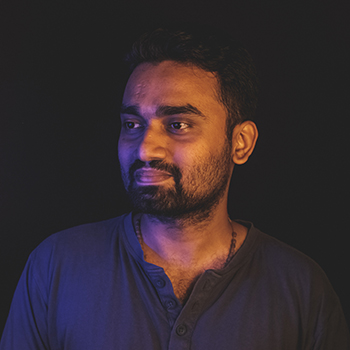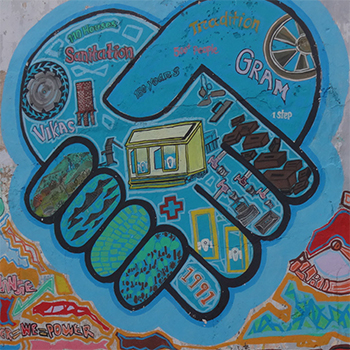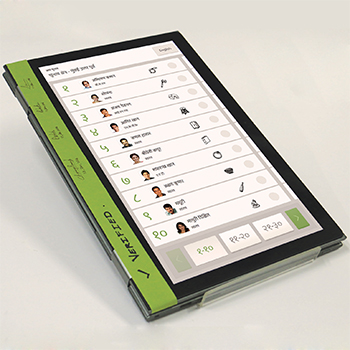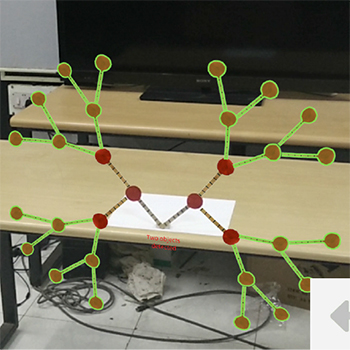Social responsibility is the one thing that every individual needs to have for the well-being of people in a society. But when it comes to business, many tend to forget those values in the name of profit. There have been many non-profit organisations like NGOs that have tried to focus on this purpose for many years now. But recently, there has been a growing trend of developing sustainable non-profit organisations that do not depend on charity to run the organisation but rather reinvest their own profit for the social cause and are termed social enterprises." According to the Social Enterprise Alliance USA, social enterprise is defined as follows:
"A social enterprise is an organisation or initiative that marries the social mission of a non-profit or government programme with the market-driven approach of a business."
The term can be challenging to define as the concept has been rapidly evolving over the years. According to Social Enterprise UK, they have stated it as follows:
"Social enterprises trade to tackle social problems, improve communities, people’s life chances, or the environment." They make their money by selling goods and services on the open market, but they reinvest their profits back into the business or the local community. And so when they profit, society profits."
Some of the existing examples of social enterprise around the world are as follows:
-Grameen Bank, which makes small loans to the poor for small business development and other uses.
-D.Light designs affordable solar-powered devices that provide an option to people who lack access to reliable energy sources.
-Thistle Farms is a social enterprise that treats, supports, and employs women who have survived prostitution, trafficking, and addiction.
To explore the social enterprises in India, I took the Jagriti Yatra train journey to various parts of the country with a goal to understand their values and the business model using which they operate in India.




